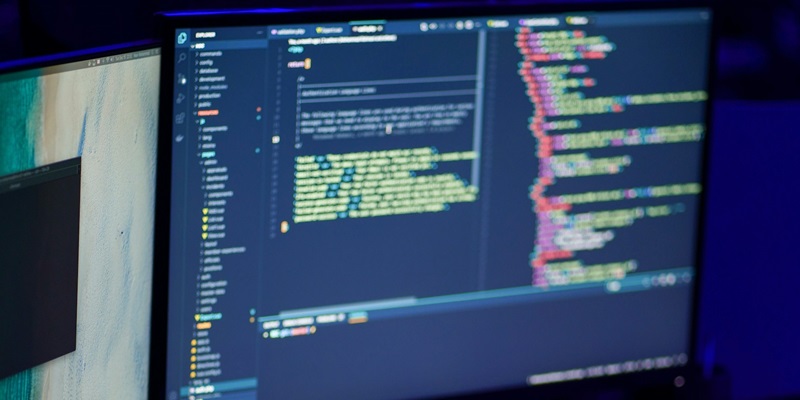Cloudflare, a key entity in online infrastructure, confronted a grave cybersecurity crisis after its defenses were compromised on November 23, 2023. Cyber attackers exploited a vulnerability within Cloudflare’s network by targeting a self-managed Atlassian server. Their entry point was a leaked token, which they used adeptly along with service accounts previously compromised in an earlier breach during October. The incident underscores the relentless cyber threat landscape that organizations must navigate, highlighting the escalating challenges and the need for robust security protocols in the digital age. Despite the comprehensive safeguards in place, this breach illustrates the cunning nature of cyber adversaries and the constant vigilance required to protect critical internet infrastructure. As Cloudflare grapples with the aftermath, the breach serves as an alarming reminder of the importance of continuous improvement in cybersecurity measures for companies worldwide.
Details of the Breach
Initial Intrusion and Access
In a concerning turn of events, Cloudflare’s security team noted a serious compromise of their Atlassian system one evening. A previous breach had allowed attackers to snatch crucial access details. This breach granted them entry to Cloudflare’s wiki and bug-tracking facilities, raising alarms about potential internal documentation leaks and code tampering risks.
These intruders, using sophisticated methods, delved deep into Cloudflare’s structure. By exploiting tools such as ScriptRunner, they aimed to secure ongoing entry into systems like Jira. Their ambitious moves were evident when they tried to access a server’s console in São Paulo.
The situation escalated as they targeted a strictly isolated AWS sector, setting off alarms that ultimately blew their cover. This incursion signaled the need for heightened vigilance and advanced cybersecurity measures to avert such risks and protect the network’s integrity.
Investigation and Immediate Response
Once the breach was confirmed, Cloudflare enacted its “Code Red” procedures, an extensive emergency protocol to counteract the intrusion. The company swiftly severed the attacker’s veins of access and took significant strides to prevent further exploitation of their systems. By November 24, a mere day after detection, the avenues for the attackers were cut off.
Cloudflare’s team undertook a vigorous credential rotation to stymie any latent access attempts. Systems were meticulously segmented to isolate and protect their environments, a move underpinned by forensic triages to scrutinize every corner of their digital estate. Machines company-wide saw a consequential reboot, a drastic yet necessary measure to eject any presence the threat actors managed to install. CrowdStrike’s forensic team, brought onboard for their expertise, would prove invaluable in tracing the immaterial fingerprints the attackers left behind.
Uncovering a Bigger Threat
The Potential Culprit and Motive
The probing nature of the breach, coupled with the attackers’ readiness to wield advanced techniques, painted a harrowing picture. Cloudflare’s statement inferred the fingerprints of a nation-state actor, known for their propensity to meticulously plan operations which often pan out over extensive periods. The methods used indicated a pursuit of a robust foothold, a vantage point from which to orchestrate future campaigns of a likely more devastating nature.
The incident was not an isolated confrontation. It reverberated through the industry, with over 130 customers of Okta, an IT access management firm, including Cloudflare, feeling the tremors. This shared vulnerability exposed a common weakness in the otherwise sturdy facade of cybersecurity, laying bare the need for continuous vigilance and revaluation of security postures.
Comprehensive Countermeasures and Ongoing Security Enhancement
In light of the breach, Cloudflare did not shy away from the monumental task of securing their breached fortress and reinforcing it against future sieges. Extending beyond standard issue resolutions, they dove into the depths of their network architecture, scrutinizing the existing security protocols and upgrading them where necessary. This exhaustive response illuminated a fundamental truth in cybersecurity: the omnipresence of threats and the absolute need for immediate and decisive action.
The transparency with which Cloudflare communicated the unfolding situation to their clientele stood indicative of a mature approach to incident management. They detailed their response without betraying sensitive security specifics, striking a balance that upheld the confidence of their customers while ensuring that the attacker’s insights into their reaction would be minimal. This modus operandi underscores the nuanced and delicate dance that is cybersecurity management, a realm that continuously demands innovation and determination.

